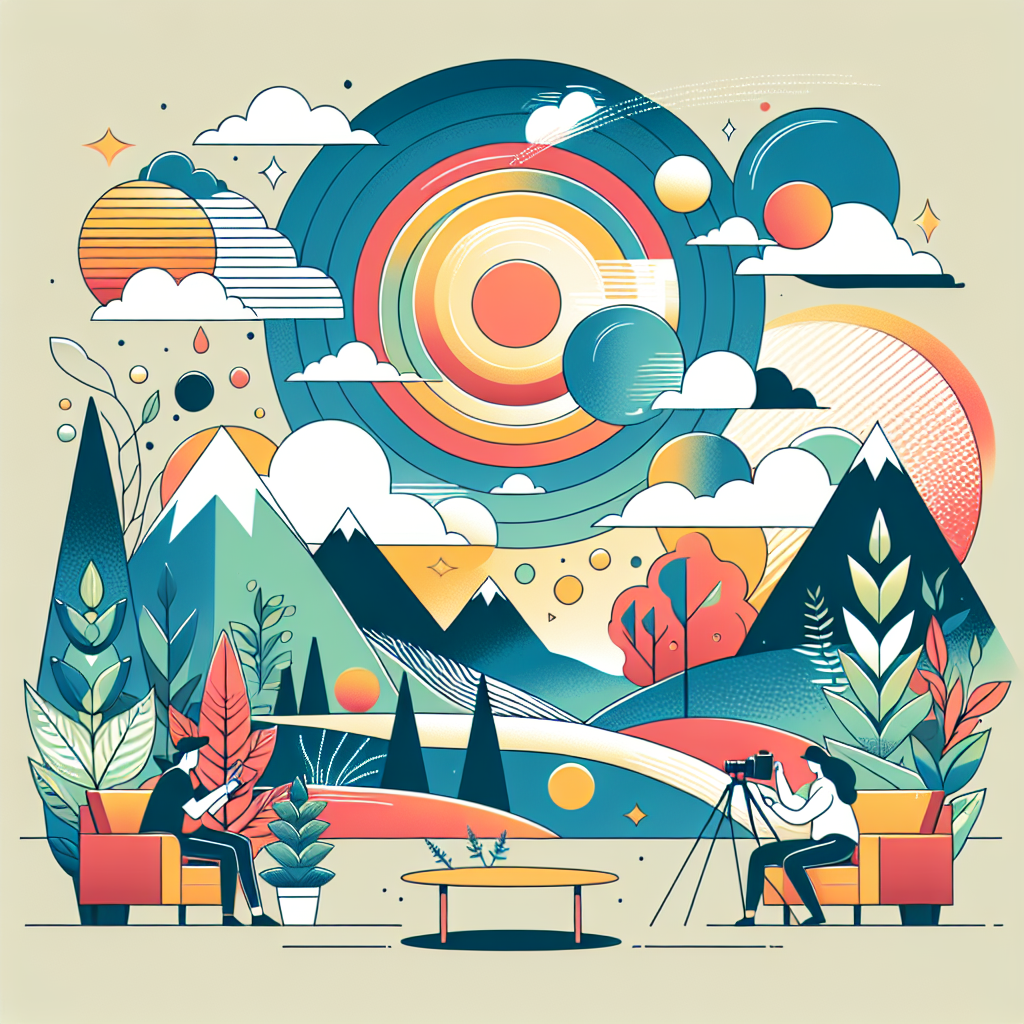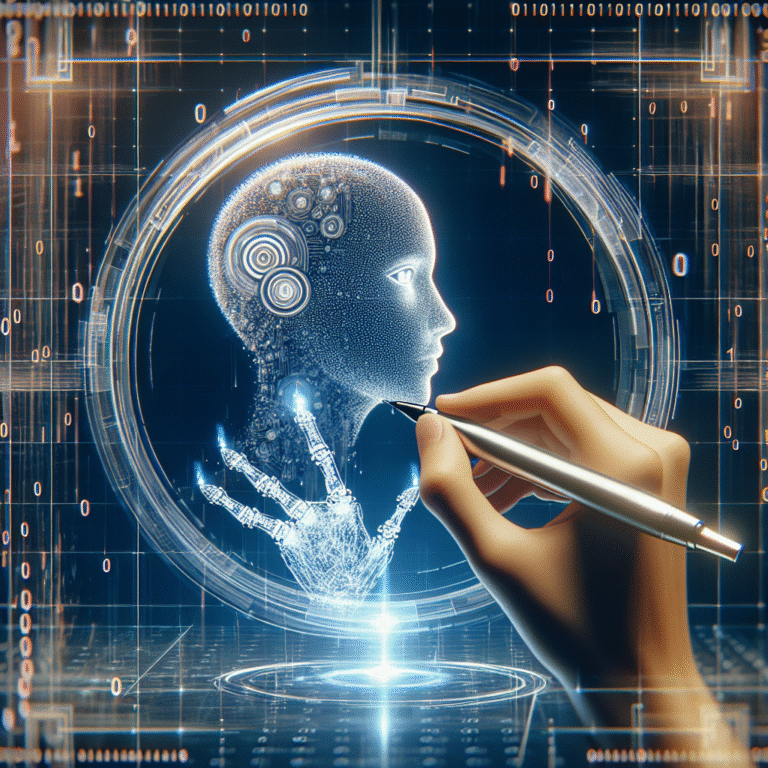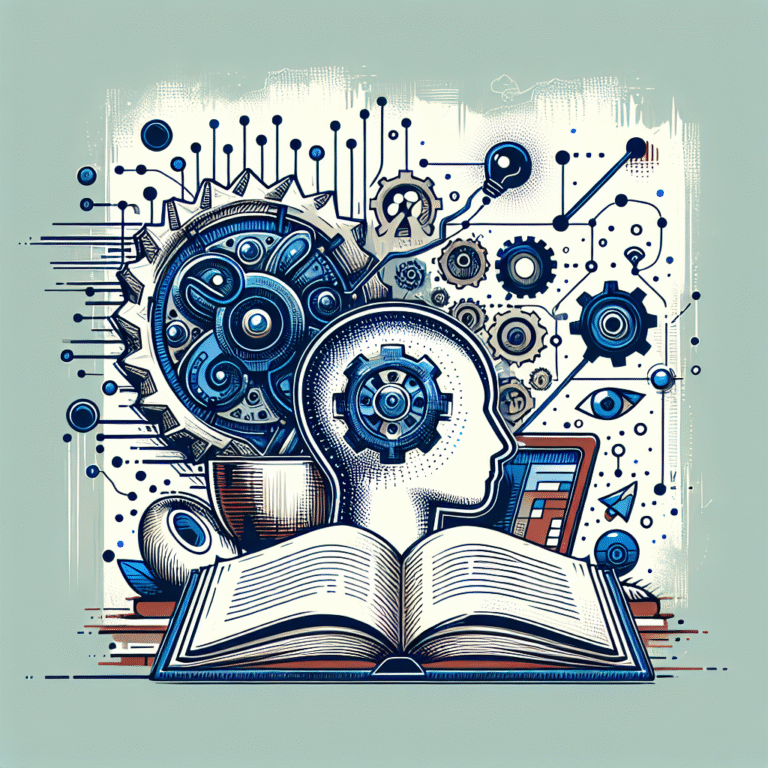Fix My Prompt for AI-Generated Art: A Comprehensive Guide
Fix my prompt for AI-generated art is a common request from individuals seeking to create stunning and realistic images using artificial intelligence. The process of generating art with AI involves feeding a prompt or text description into a machine learning model, which then produces an image based on the given input. However, the quality and accuracy of the generated art depend heavily on the quality of the prompt. A well-crafted prompt can result in breathtaking art, while a poorly written one can lead to disappointing outcomes. Therefore, understanding how to write effective prompts is crucial for anyone looking to leverage AI-generated art. Whether you’re an artist, designer, or simply an enthusiast, this guide will walk you through the process of crafting the perfect prompt to achieve your desired results.
Understanding AI-Generated Art

AI-generated art, also known as machine-generated art or algorithmic art, refers to art created using artificial intelligence algorithms. These algorithms can generate a wide range of artistic styles, from realistic paintings to abstract compositions. The process typically involves training a neural network on a vast dataset of images, which the AI then uses as a reference to generate new, unique images based on given prompts. The technology has evolved significantly, offering unprecedented creative possibilities for artists and non-artists alike.
Types of AI-Generated Art
There are several types of AI-generated art, including but not limited to, generative adversarial networks (GANs), neural style transfer, and deep dream generator. Each type has its unique characteristics and applications, ranging from creating realistic portraits to transforming everyday objects into surreal landscapes. Understanding the different types of AI-generated art can help in tailoring the prompt to achieve the desired artistic effect.
Crafting the Perfect Prompt

Crafting the perfect prompt for AI-generated art involves a combination of creativity, specificity, and understanding of the AI model’s capabilities. A good prompt should be clear, concise, and descriptive, providing the AI with enough information to produce an image that meets your expectations. This includes specifying the subject, style, color palette, and any other relevant details. For instance, instead of saying “generate a picture of a dog,” a more effective prompt would be “generate a highly detailed, realistic image of a golden retriever puppy sitting on a green grassy hill under a sunny sky with a few fluffy white clouds.” The more detailed and specific the prompt, the higher the likelihood of achieving the desired outcome.
Common Mistakes in Prompt Writing
One of the common mistakes in writing prompts for AI-generated art is being too vague or generic. Prompts like “create something beautiful” or “make a cool picture” are too broad and unlikely to produce satisfying results. Another mistake is not considering the limitations and biases of the AI model. Understanding what the model can and cannot do is crucial for setting realistic expectations and crafting effective prompts.
Practical Examples and Case Studies

To illustrate the importance of well-crafted prompts, let’s consider a few examples. For an artist looking to generate a portrait of a historical figure in the style of Van Gogh, the prompt might include details such as “generate a portrait of Cleopatra in the expressive and vibrant style of Vincent Van Gogh, with thick brushstrokes and a dominant blue and yellow color palette, set against a swirling, starry night sky backdrop.” This prompt not only specifies the subject and style but also provides the AI with a clear vision of the desired outcome. In another example, for a designer needing an image of a futuristic cityscape for a marketing campaign, the prompt could be “create a futuristic cityscape at dusk with sleek, neon-lit skyscrapers, flying cars zipping through the air, and a large, full moon hanging low in the sky, all in a highly detailed and photorealistic style.” These examples demonstrate how a well-thought-out prompt can lead to the creation of stunning and relevant AI-generated art.
Step-by-Step Guide to Writing Effective prompts
Writing an effective prompt for AI-generated art involves several steps. First, define the subject of the image, considering what the main focus should be. Second, determine the style, whether it’s realistic, abstract, or inspired by a particular artist or period. Third, think about the setting or background, including any specific elements that should be included. Fourth, consider the mood or atmosphere you want to convey, which can be influenced by the color palette and lighting. Finally, specify any additional details that are crucial to the image, such as textures, patterns, or specific objects. By following these steps and being as detailed as possible, you can craft a prompt that will guide the AI in generating an image that meets your creative vision.
Conclusion
In conclusion, the key to achieving high-quality AI-generated art lies in the prompt. By understanding the importance of specificity, creativity, and clarity in prompt writing, individuals can unlock the full potential of AI art generation. Whether for artistic expression, commercial use, or simply for fun, crafting the perfect prompt is a skill that, once mastered, can lead to the creation of breathtaking and imaginative artworks. As the technology continues to evolve, the possibilities for what can be achieved with AI-generated art will only continue to grow, making the ability to write effective prompts an invaluable skill for anyone interested in this exciting and rapidly developing field.





